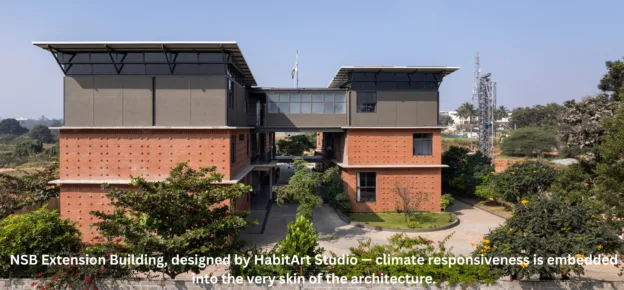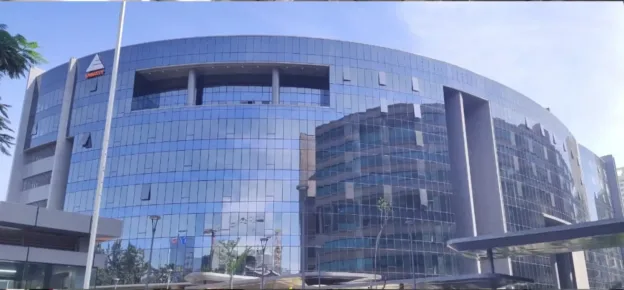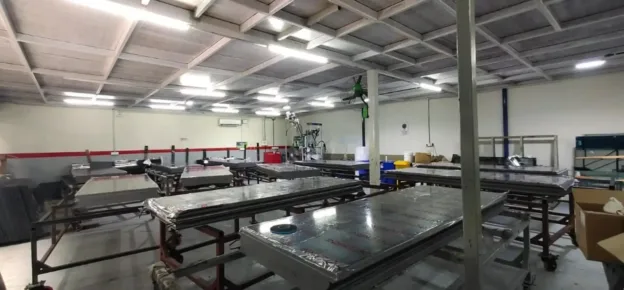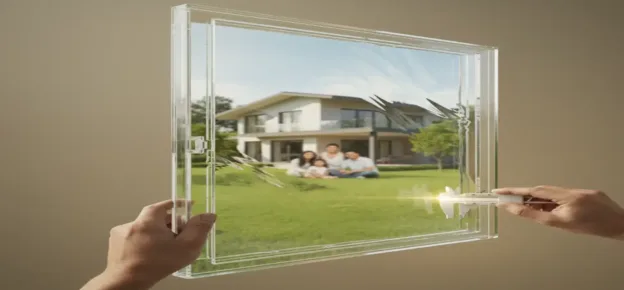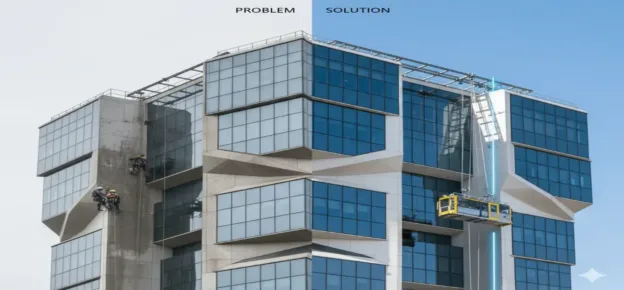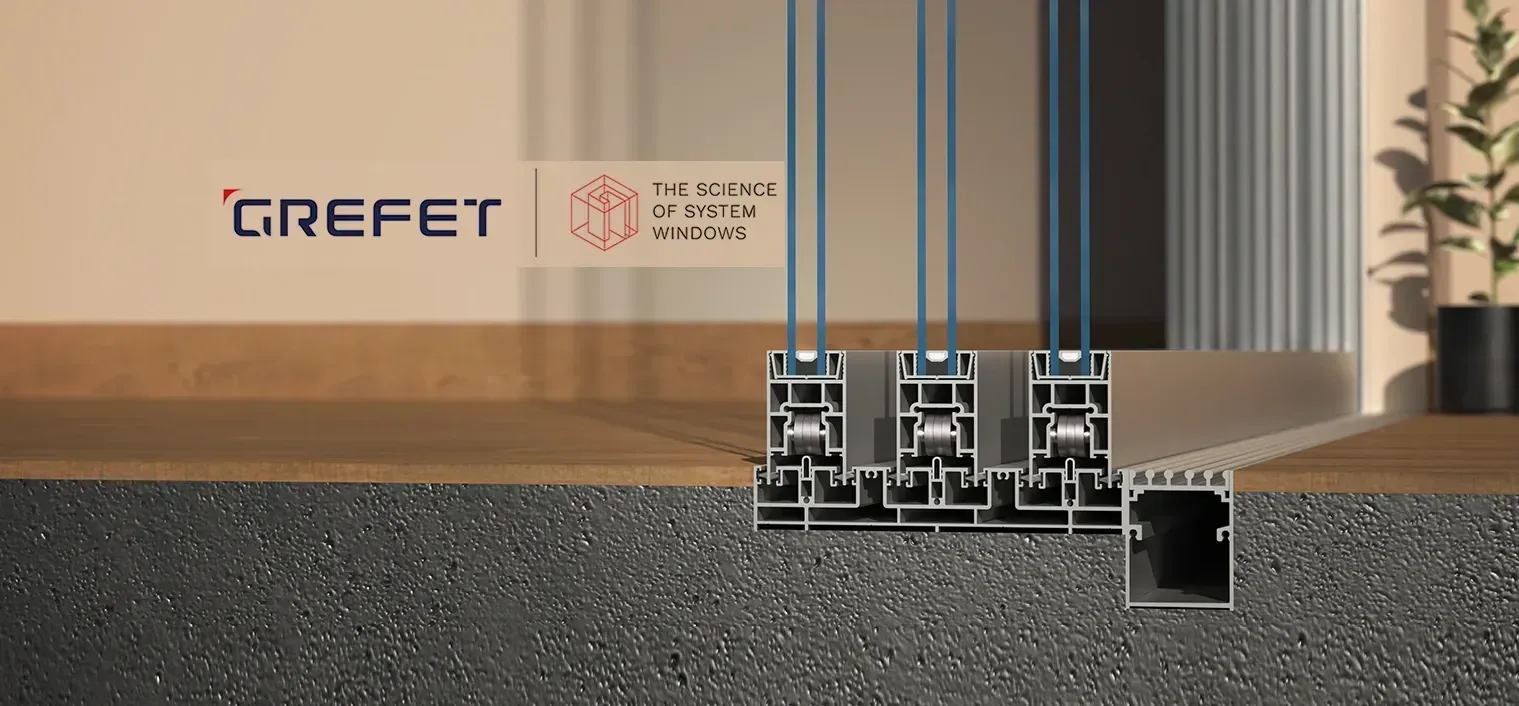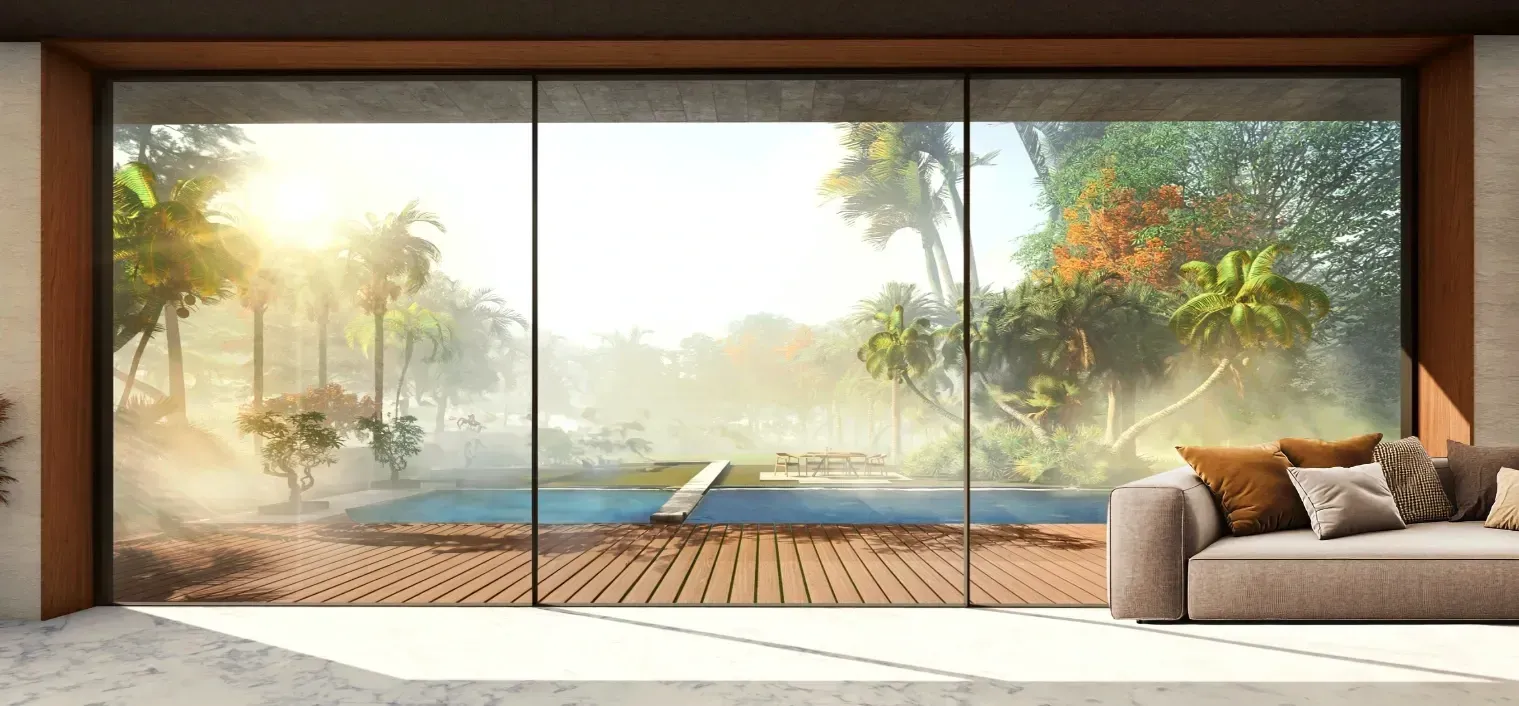The advancement of new and cutting-edge technology in the sectors of both architectural design and construction is responsible for the upgradation of urban areas, significantly transforming urban lifestyles while contributing to avant-garde architecture and a distinct urban morphology. They contribute to the creation of symbolism and an image of glamour, reinforcing the position of the city in the international competition and lending it a particular global character. They are indispensable to sustainable urban design and planning and herald new business opportunities, making a statement on innovative architectural and engineering design.
In the quest for sustainable energy solutions, solar power emerges as a leading contender. At the heart of this are two pivotal technologies: conventional rooftop solar panels and opaque Building-Integrated Photovoltaics (BIPV). Each presents distinct advantages and challenges, making the understanding of their energy capabilities vital for those considering solar options for their structures.
Building-Integrated Photovoltaic (BIPV) is a technology that integrates photovoltaic cells into the building façade system as building elements, replacing the original building components and making them an integral part of the building’s energy system, thus having both power generation functions and structural functionality. Unlike conventional photovoltaic systems that are retrofitted onto existing structures, BIPV solutions are seamlessly integrated into building envelopes. This reduces the need for additional materials, lowering the environmental impact of buildings while enhancing their aesthetics.

Building-Integrated Photovoltaics have enormous potential within the context of the built environment: on roofs, façades, as transparent and semi-transparent elements in complementary structures or transport and technical infrastructure, representing a progressive step in solar energy utilisation.
BIPV cladding is particularly advantageous in urban settings where space is at a premium. These claddings incorporate cutting-edge materials capable of capturing a wider range of the solar spectrum, proving effective even in lower light conditions. BIPV’s expansive coverage and multi-directional light absorption can yield higher energy outputs. BIPV not only aligns with corporate sustainability goals by reducing electricity costs and adding green certification opportunities but also enhances property values.

Keeping in mind their impact on urban public spaces, and the character and identity of cities and their buildings thereof, the potential and promotion of urban-scale BIPV need to be assessed and evaluated with utmost caution, to ensure the changes do not disrupt existing architectural harmony or create unforeseen challenges.
Upscaling requires mass penetration. The mass dissemination of any new technology should aim at its application in the construction of subsidised mass housing and open public spaces, as an intervention that seeks to create an upgraded quality living and working environment, without excluding any social group.
Although solar BIPV has been used in World Expo venues and in demonstration projects, the photovoltaic building has not yet entered the homes of common people as pieces of the technology used in residential communities, and in the creation of clusters of new economies and new entrepreneurial epicentres in inner-city areas.
PMAY-U by the Government of India aims to provide all-weather pucca houses to all eligible beneficiaries from poor and middle-class families in urban areas. The PMAY-U 2.0 – Housing for All Scheme, launched in September 2024, aims to construct one crore houses for urban poor and middle-class families over the next five years.
Implementing photovoltaics in such urban environments faces challenges that originate from the dense and diverse city fabric (orientation, form, massing, layout, height of surrounding buildings, total space available), social aspects (acceptance of new material with specific aesthetic qualities) and cultural aspects (use of photovoltaic systems in city conservation areas, i.e. zones of special architectural or historic interest, the character and appearance of which should be protected and preserved) of the urban environment.

Not only the technical requirements of photovoltaics, such as the influence of orientation, albedo and overshadowing, ventilation possibilities, dirt accumulation, etc., but also its characteristic aspects (dependent on the particular technology used), such as colour effects, transparency, reflection or flexibility, have to be taken into account.
And, most importantly, architectural quality should not be sacrificed to promote solar spread. Close and remote visibility of city surfaces and sensitivity of the urban context become critical factors in the application of BIPV. With more sensitive contexts and high visibility of the photovoltaic (and other solar) systems, a higher quality of design integration is needed.
Urban areas have many variations and offer a broad scope of possibilities for various approaches to BIPV in relation to sustainable architecture and the urban environment, focusing on explaining the necessity to provide architects with a methodology of working with advanced photovoltaic systems in architectural design, and introducing the departure points for this intention.
When designing with BIPV, architects have a number of opportunities regarding how to integrate the currently existing photovoltaic solutions into the building design, including shading systems, rain screen (cladding) systems, curtain walls, double-skin façades, application on atria and canopies, as well as progressive glazing solutions. Advanced photovoltaics can be an integral part of more traditional building elements, such as roof tiles and claddings. The basic levels of integration can range from merely added technical elements (suitable mainly for low-visibility and low-sensitivity contexts) to fully optimised architectural forms (suitable for specific new-build cases).

Although there is an increasingly diverse range of BIPV products available in the market, there is no suitable classification method for adoption at an urban scale. A robust classification is essential to disseminate the potential of BIPV in the urban environment, which further facilitates decision-making in urban planning.
BIPV units need perfect integration with conventional or age-old building materials and elements, especially those such as jalis, that are traditionally in use in the particular climatic region.
These materials are generally used with traditional and atypical jointing systems, those that have been practised more like a craft, and hence do not possess the convenience of standardised fixing systems. Creating jointing with these, especially to ensure water-tight façades and to reduce heat/cooling loss, are challenges faced by BIPV.
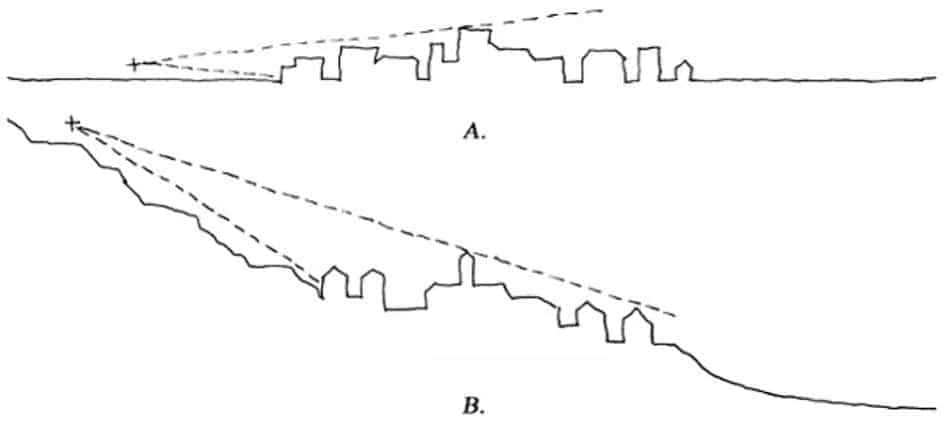
On the other hand, a different set of challenges lies in integration with new and emerging technologies of building construction, such as modular precast or 3D volumetric modular precast, which in themselves are ready for integration as modular pod units.
BIPV demands thoughtful integration during the design phase of a building, during new construction or extensive renovations, where such integration can be seamlessly planned.
The potential for BIPV deployment in urban building environments identifies five key characteristics that contribute to the coherent integration of BIPV into buildings, namely collector size and position, visible material, surface textures, colours, and module shapes.
Building type dictates the choice of building elements, and building-related standards like load-bearing, seismic, and fire safety are crucial in practical BIPV applications.
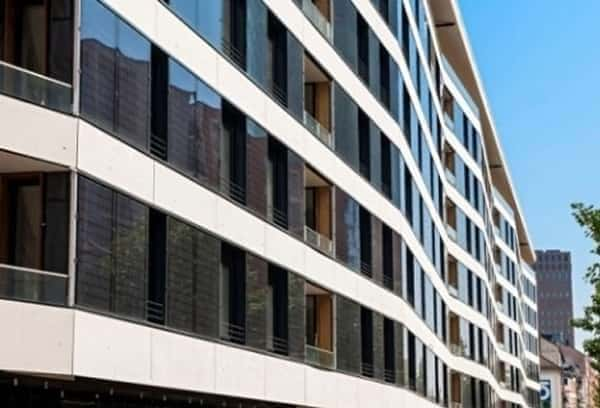
The colours of BIPV variants with varying levels of visibility need to be tailored to match the building surface in order to ensure better integration with the building’s exterior.
Insufficient understanding of BIPV technologies, lack of comprehensive design guidelines, limited exposure to integration techniques, and absence of standardised implementation resources pose challenges.
Apart from introducing architects to the available technologies, their limits, challenges, and drawbacks, and providing the necessary theoretical background on BIPV, there is a need to provide specific case study solutions and recommended design approaches, illustrated by examples of good practice.
In the urban environment, the interaction between BIPV systems and urban morphology is a significant area of focus. Urban morphology can influence the placement and orientation of BIPV systems, which in turn affects their efficiency. The arrangement of buildings, their height, and spacing can impact the amount of solar irradiation reaching the BIPV installations.
One major obstacle in complex urban inner-city environments is the presence of shadow and shading as a result of dense urban forms such as building projections and cantilevers, surrounding buildings, and vegetation, which have dramatic effects on BIPV façades, affecting BIPV performance by altering the available reflective irradiation.
Openable window panels are necessitated by the need for natural ventilation in most parts of India — the need for which was further emphasised post-pandemic — and to reduce energy costs. Once opened at a tilt different from the designed angle of the façade, it may result in reduced efficiency of the BIPV systems on the façade.
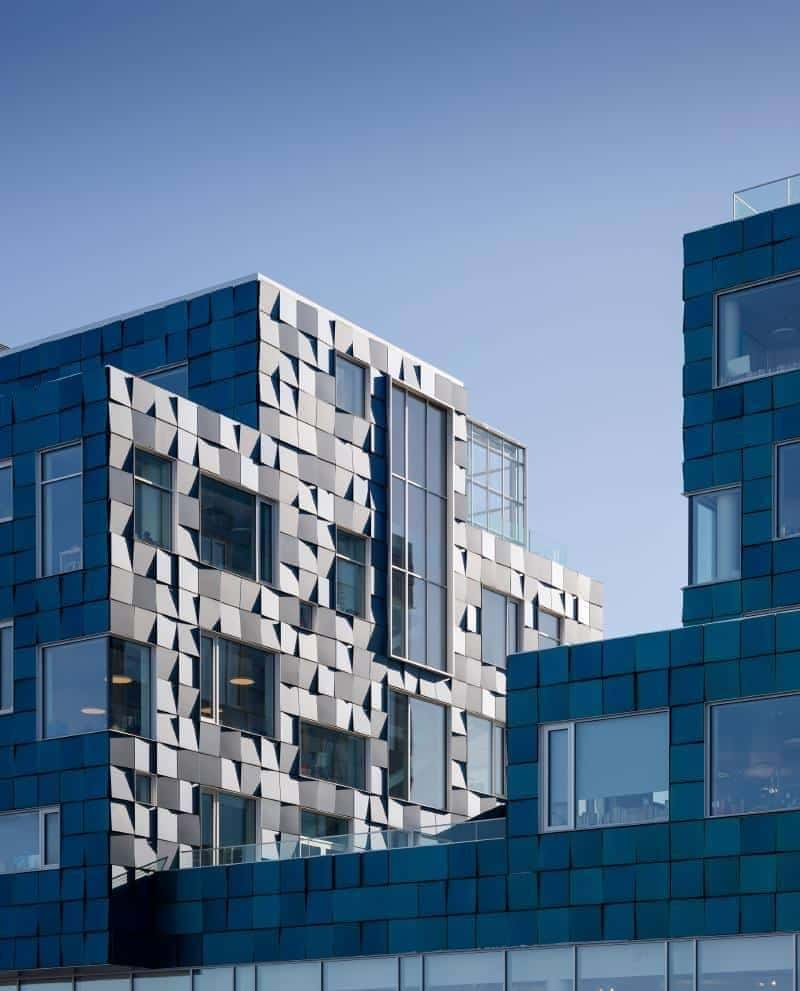
The large-scale integration of BIPV within urban landscapes presents inherent challenges and direct implications on city heat dynamics and urban microclimates. On the one hand, extremely high temperatures, especially in North India, can reduce the efficiency of PV cells, as increased temperatures at lower levels are known to negatively affect their performance.
On the other hand, BIPV can also participate in and intensify the Urban Heat Island Effect due to its intrinsic capacity to produce heat during the electricity conversion process.
In the urban environment, the glare issue associated with the surface material of glass-based BIPV, especially the orientation and tilt angle, deserves consideration, for it can impact visual comfort and safety in urban public spaces, especially in India, where glare levels are already high.
BIPV requires a higher initial investment. Life Cycle Assessment (LCA) calculations may be essential to determine the benefits of BIPV systems, such as payback time, as opposed to the initial investment. BIPV systems can have a payback time of 12 to as much as 41 years.
The optimal integration of BIPV in urban environments thus faces two primary challenges: understanding the complex interactions between BIPV systems and the urban environment, and the meticulous evaluation of BIPV’s suitability in dense urban settings.
Future research needs to deploy advanced analytical tools and comprehensive datasets to better characterise urban environments and their dynamics. With a specific focus on architectural integration in urban areas, there is a need for BIPV to consolidate with key architectural features and urban landscapes.
Architects, therefore, need to grasp and implement all aspects of BIPV design, including its cutting-edge potential, in a holistic and integral fashion as part of the design process – an essential for the creation of quality, sustainable architecture.


